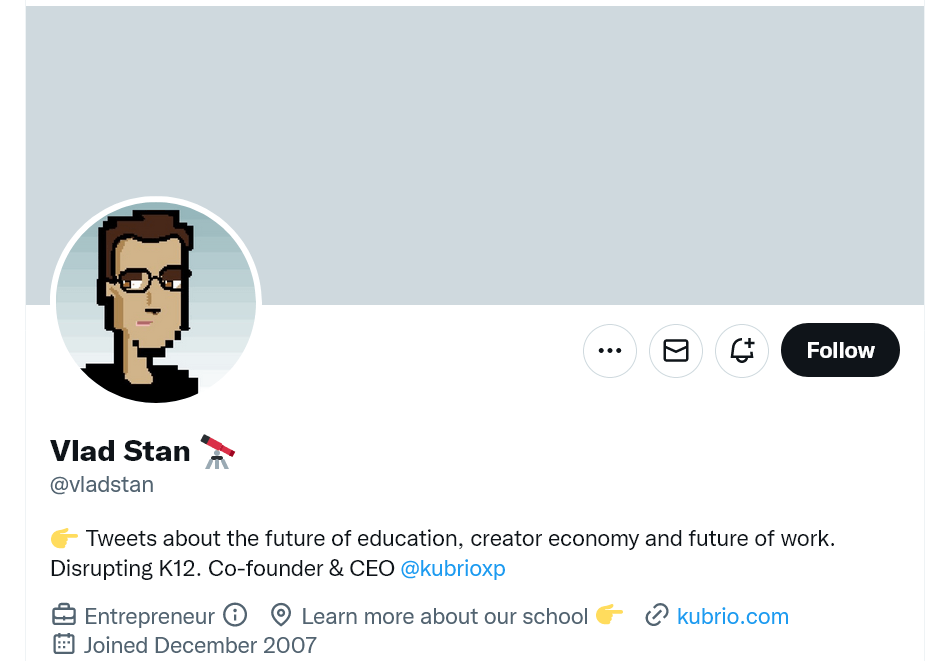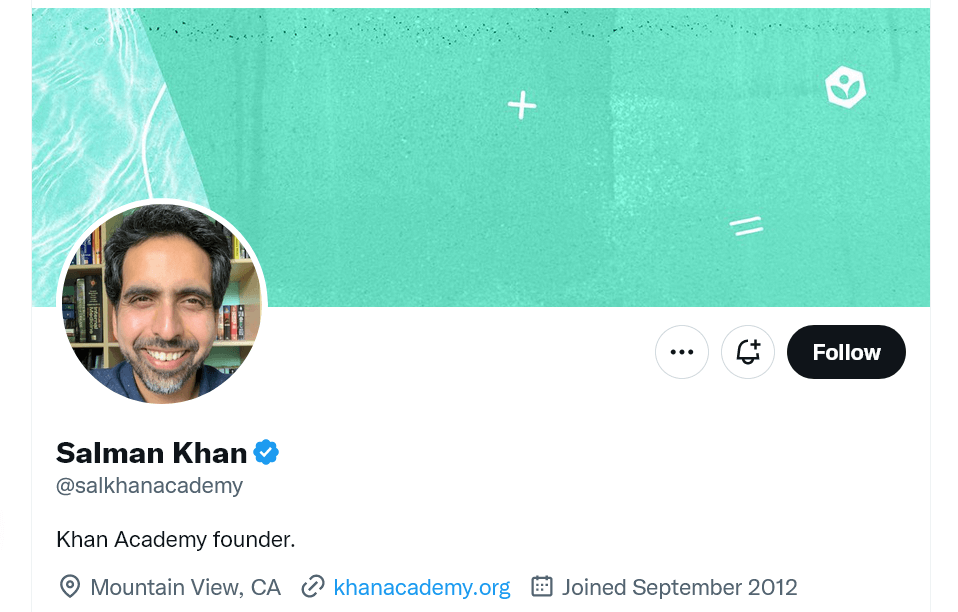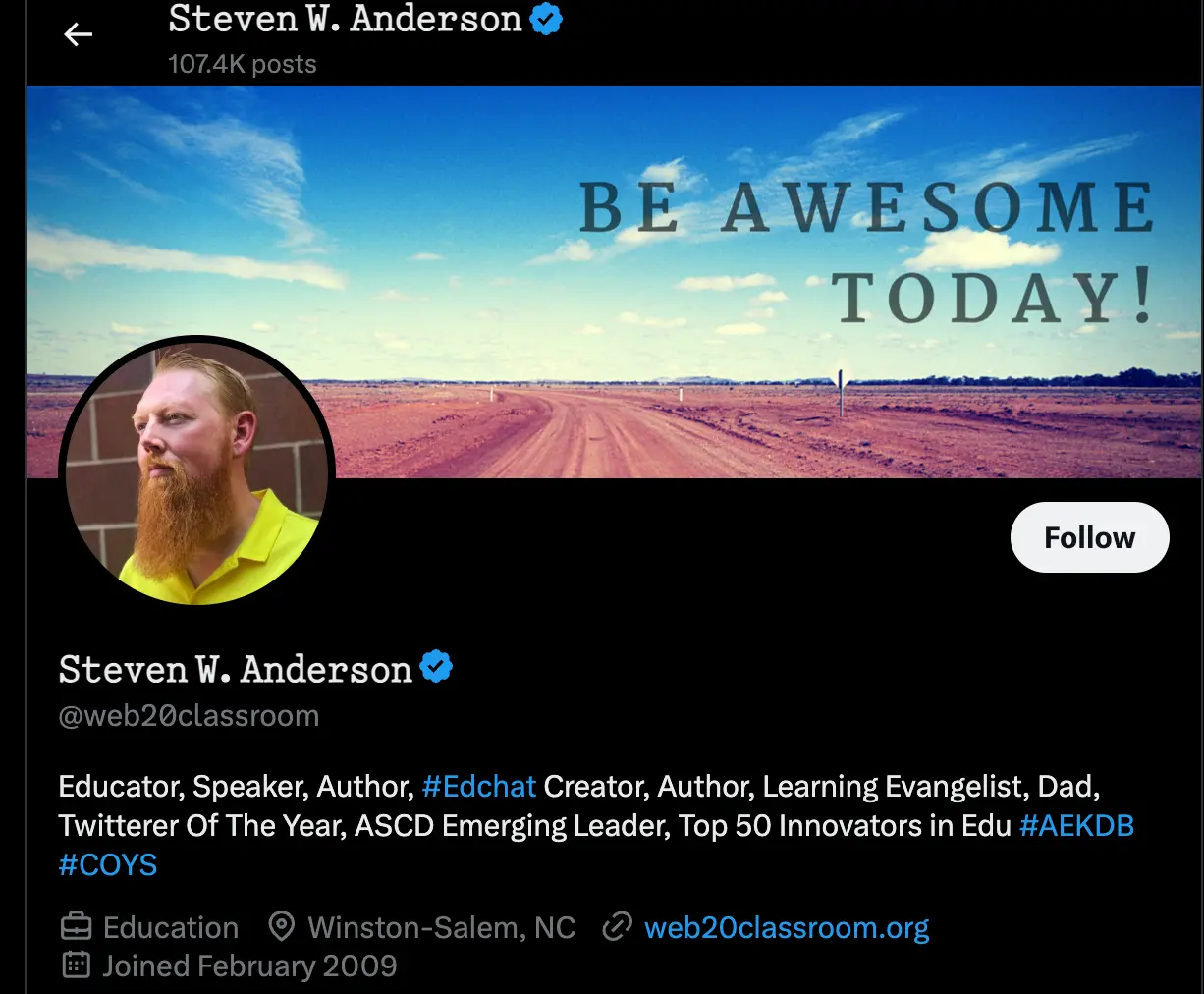Industry leaders on the future of online education in 2024

One key takeaway from the pandemic and preceding years is the critical need for increased access to technology and educational resources for younger generations. This access is vital for enhancing their life prospects.
Industry experts predict that by 2050, 9 out of 10 people in the world will have broadband internet access. This expansion is expected to revolutionize learning, potentially engaging nearly 9 billion people in advanced educational experiences. The impact of this shift will extend beyond traditional academic boundaries, as schools at all levels, from elementary to tertiary, adapt their digital offerings.
There's a growing demand for digital tools and platforms, signaling a transformative era in online education. As we navigate through changing times, the landscape of education is evolving in tandem.
Below are insights from industry experts on the trajectory of online education, reflecting on its progression in 2024.
1. Gamified learning

''Picture a digital playground where kids can learn to make responsible choices and hone their instincts, cognitive tools, and teamwork abilities to handle complexity while having the time of their lives.''- Ana Lorena Fabrega, Chief Evangelist at Synthesis
Game-based learning operates on the principle that students learn better when they are engaged in activities aimed at specific goals, combined with elements of enjoyment. This method applies gaming techniques in both classroom and online learning environments.
Educators have integrated gaming elements into non-gaming contexts, transforming their courses to motivate and inspire students. This approach, known as gamification in education, fosters collaboration and healthy competition among college students. The benefits of this playful method extend to adults just as much as they do to young children.
2. Leveraging Al and automation in tutoring

''Educators are the key to preparing students to thrive in a world where artificial intelligence is an integral part of their lives and careers.''- Richard Culatta CEO of ISTE.
Technology, according to EdTech specialist Richard Culatta, may be a potent tool for education, for resolving humanity's most difficult issues, and for fostering interconnectedness.
Education is one of the areas where AI and automation are making a massive impact. It is important to understand that AI is not a threat to teachers, nor is it there to replace teachers but to deliver better education and make the whole learning experience better for both the kids and the teachers. The use of A.I. and automation in education has helped us to rethink our whole education system and how it is delivered. In recent times, we have seen a hybrid model that ensures we get the best out of our artificially intelligent enabled systems and our teachers as well. The use of AI and automation in learning gives a more differentiated and individualized learning experience.
3. Collaborative learning

Vlad Stan co-founder and CEO of Kubrio believes that in this day and age, each child should gain the tools they need to become an independent, motivated learner.
Collaborative learning is a student-centered type of learning where small groups are often given more openly complex tasks, and the teacher is just a facilitator. Collaborative learning is now one of the most important ways students learn and grow. Although individual work can be a great way to master content, collaborative work empowers and enables a student to cultivate a certain resilience. Collaborative learning is based on a small group of active student participation over passive lecture-based teaching. The underlying premise of collaborative learning and why it is a major trend now is that in this model, knowledge is constructed, discovered, and transformed by students. Also, learning is conceived of as something a learner does, not something done to learn, thus, pushing students to draw their conclusions.
4. Student-led (personalized) learning is on the rise

Salman Khan founder of Khan Academy believes that supplementing traditional classroom education with the technology being developed by his Academy can increase the efficacy of teachers by freeing them from traditional lectures and allowing them to devote more time to individualized instruction for each student.
Many institutions are now focusing on student-led learning due to the many positive results garnered from this learning model. Student-led learning provides:
Students with opportunities for self-direction.
A powerful sense of ownership.
The ability to explore meaningful and relevant topics in their lives.
In student-led learning, the teacher is a guide and facilitator, walking around to ask reflective questions or guiding students to ask their questions.
The teachers may also be providing demonstrations or pulling up information to support students in their explorations.
With the student-led model of learning, there are so many opportunities for students to explore their world and take ownership of their learning process
5. Social media integration with education

Steven W. Anderson, a former teacher, professional learning consultant, author, and co-founder/CEO of Web20Classroom LLC. Believes that Alone we are smart, but together we are brilliant. We can use our collective wisdom to do great things when we are connected.
There's a growing trend of incorporating social media into schools. This approach not only strengthens the bond between parents, students, and teachers but also opens up new avenues for information sharing and community building.
The advantages of using social media in education go beyond just the teacher-student dynamic. It offers numerous benefits at various educational levels. For instance, school principals and administrators can leverage social media for a range of purposes. They can use it to disseminate school news, conduct online meetings with parents, or initiate fundraising campaigns for different projects.
Given our fast-paced lifestyle, where parents often juggle work and other commitments, social media is increasingly becoming a vital communication channel. It offers a convenient way for parents who might not have the time to attend school meetings in person to stay informed and involved.
How to prepare for the bright online education future
As an instructor who wishes to effectively reach your students, you cannot afford to lag behind the most current developments in the classroom. You need to find the appropriate mix between downtime and information overload if you want to stay current on new digital tools and trends. Here are a few of the simplest and most useful ways that educators may keep up with the times.
1. Embrace technology: Familiarize yourself with various online learning platforms and digital tools. Stay updated on emerging technologies that could enhance online education, like virtual reality or AI-based educational tools.
2. Adapt your teaching methods: Online education often requires different approaches compared to traditional classroom teaching. Develop skills in creating engaging digital content, like interactive videos or presentations, and learn how to effectively conduct classes in a virtual environment.
3. Continuous learning: Enroll in professional development courses that focus on online teaching strategies. This could include learning about online student engagement, digital classroom management, and effective online assessment methods.
4. Personalize your approach: Understand that each student has unique learning needs. Develop the ability to tailor your teaching methods to individual students in an online setting, which can include personalized feedback and adaptive learning pathways.
5. Cultivate digital presence: Build a strong online presence. This can be through social media, a personal website, or online teaching forums. A robust online presence helps in networking with other educators and reaching potential students.
6. Understand online safety: Be aware of online safety and privacy issues. Ensure that you and your students know how to stay safe online, including understanding data privacy and cyberbullying.
7. Enhance communication skills: Strong communication is crucial in online education. Work on clear, concise, and effective communication methods, and be responsive to student queries and feedback.
8. Feedback and adaptation: Regularly seek feedback from your students on your online courses and be willing to adapt based on their input. Continuous improvement is key in the dynamic field of online education.
9. Network with peers: Join online communities of tutors and educators. Sharing experiences, challenges, and solutions with peers can provide valuable insights and support.
10. Stay informed on educational trends: Keep up-to-date with the latest trends in online education, including new teaching methodologies, student preferences, and educational policies.
Conclusion
Education has remained relevant over the past 400 years despite its adversaries and critics. Students will actively and passionately engage in learning in the future, employing various technological tools to improve their educational experiences. Thus, education's future is promising!


